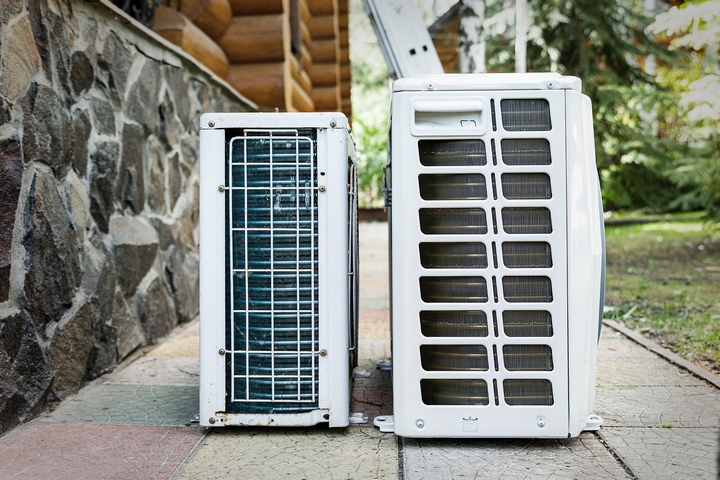
7 Different Types of Heat Pumps and Their Technology
Heat pumps operate like refrigerators. They do not generate heat. Rather, they transfer it. Heat is electrically pumped from cool to warm spaces. In winter, warm air circulates indoors. In summer, it is vice versa, significantly reducing operational costs. Heat pumps collect heat from the ground, water, and the air outside the house and transfer it into the house.
Below are seven types of heat pumps and a detailed explanation of their technology:
Type #1: Geothermal Heat Pumps (GHPs)
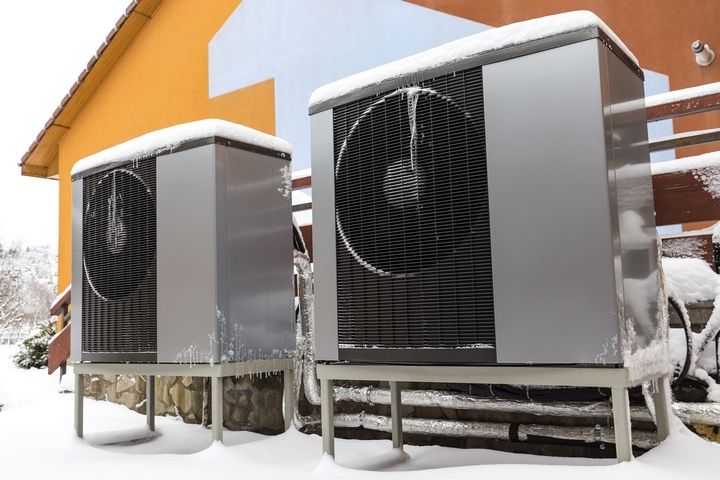
GHPs are also known as ground source. They use underground thermal energy to transfer heat, just like air source heat pumps. The constant ground temperature makes GHPs more efficient. However, installing them is costlier and complicated since they require underground excavation and piping.
You can use Ground Source Heat Pumps in areas with extreme climate changes all through the year. These types of heat pumps utilize trapped solar energy present in water bodies as well as the ground/earth. Therefore, they can constantly dissipate heat without relying on prevalent weather conditions.
There are three types of GHPs. These are the horizontal array pump (HAP), vertical heat pump, and the water source pump. The HAP is usually placed underground, but near the surface of a garden. On the other hand, the vertical heat pump is installed a couple of metres into the ground, inside a borehole.
Water source pumps are an alternative to geothermal energy from the earth. They are appropriate where there is access to water bodies such as lakes or wells since they draw heat from nearby water bodies. While the GHPs are highly efficient, they are pretty expensive to install.
Type #2: Air-to-Air Heat Pumps
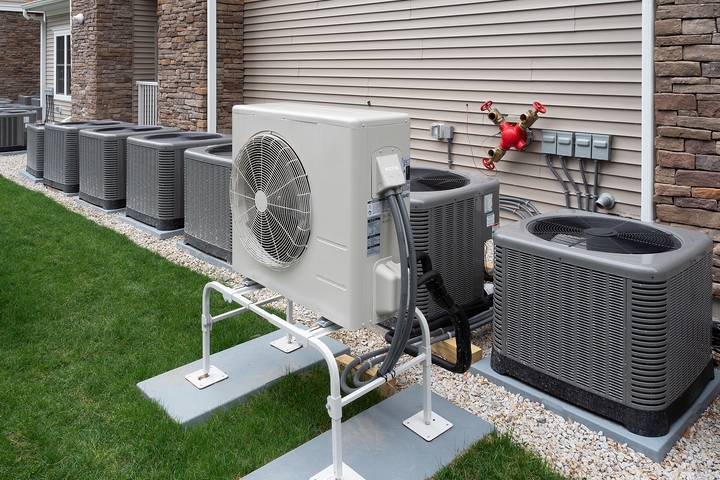
This type of heat pumps is inexpensive is inexpensive to install, so they are commonly used. They use outdoor air as a heat exchange medium. Air source heat pumps function better in settled or moderate climates and not in volatile or extreme weather. You must install them outdoors against the building wall since they transfer heat via compression using copper tubing.
During heating, a liquid refrigerant, kept outside the coils, extracts heat from evaporating drawn-in air, which travels up additional coils and dissipates heat as it cools and liquefies. The heat then disperses into the house via the installed heating system.
Type #3: Absorption Heat Pumps (AHPs)
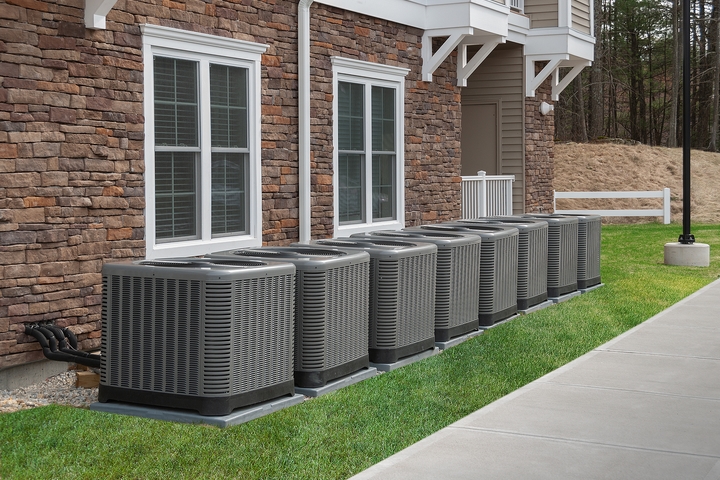
Also known as gas-fired heat pumps, AHPs are occasionally operated using heating sources such as geothermally or solar-heated water. However, they utilize natural gas energy to heat water, hence their name “gas-fired” heat pumps. They have traditionally been utilized in industrial processes, but newer models for residential and commercial premises have recently been developed.
Type #4: Hybrid Heat Pumps (HHPs)
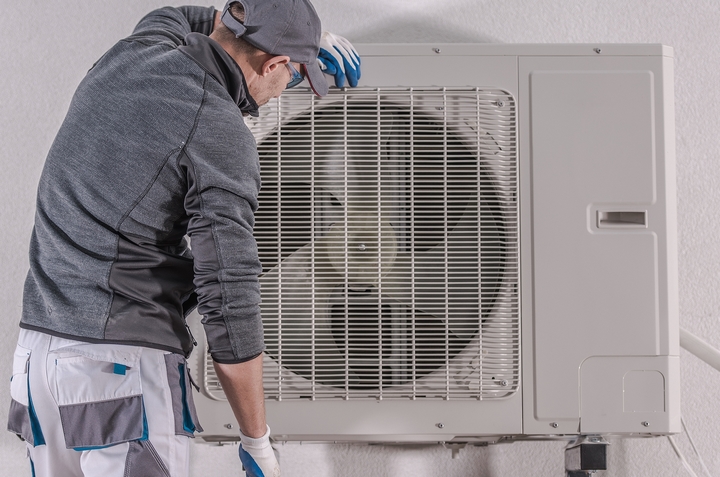
This heat pump combines two devices: the heat pump and a separate source of energy such as a gas boiler. The idea behind this model is to constantly avail your home with a heat source that’s efficient and reliable. When installing the heat pump, you don’t need to change the radiator if you already have a heat source (oil or a gas boiler) in your home.
Another hybrid heat pump you can set up is a combination of air and ground source pumps. This model has a higher efficiency all year round and does not rely on a single source. These types of heat pumps are sturdy, only requiring a minimal amount of maintenance along with your regular air conditioner and furnace repair check-ups.
Type #5: Ductless Mini-Split Pumps
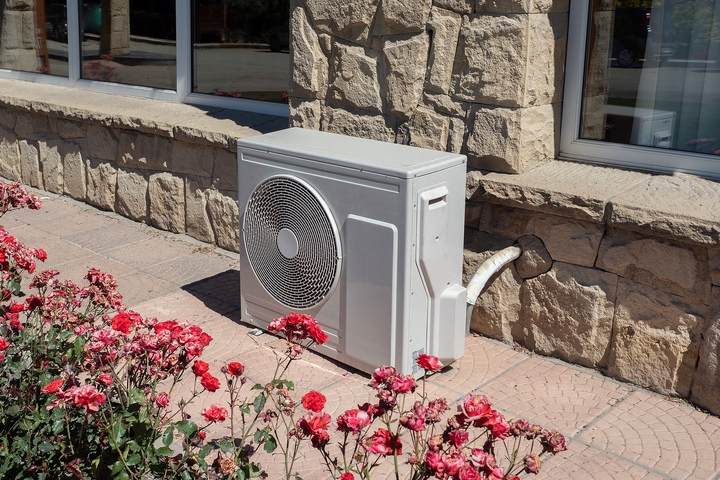
These types of heat pumps do not serve the whole house but individual rooms. They do not require ducts and are usually mounted on walls to disperse heat into the various rooms. You can also use them to suit retrofits in your house since they operate like air heat pumps. However, they are more limited than other heat pumps.
The benefits of mini splits are that they are small and flexible, making them ideal for zoning, cooling, or heating rooms. An outdoor unit can be connected to several indoor air units.
How many air-handling units you need depends on your building’s cooling or heating requirements, which in turn is hinged on air sealing and the building’s insulation. Every zone has a thermostat, so only occupied spaces require air conditioning.
Type #6: Solar-assisted Heat Pumps (SAHPs)
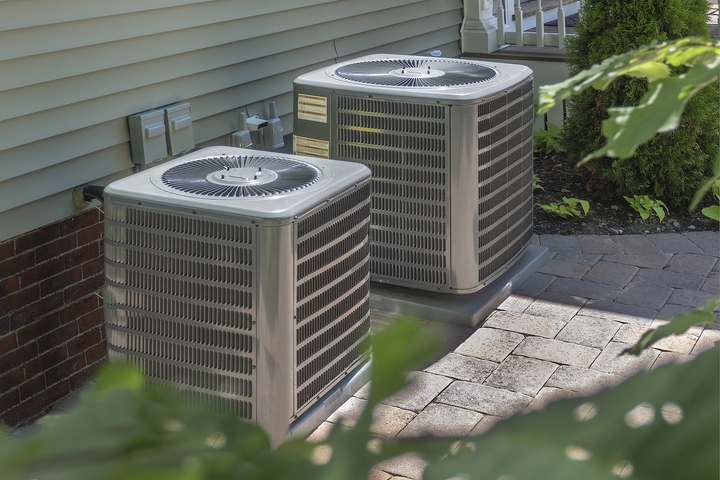
These work together with geothermal and air heat pumps. These types of heat pumps use solar panels to supply electricity to the entire system. If you are environmentally conscious, a solar geothermal pump can cool or heat your entire home.
Type #7: Gas State Heat Pump (GSHP)
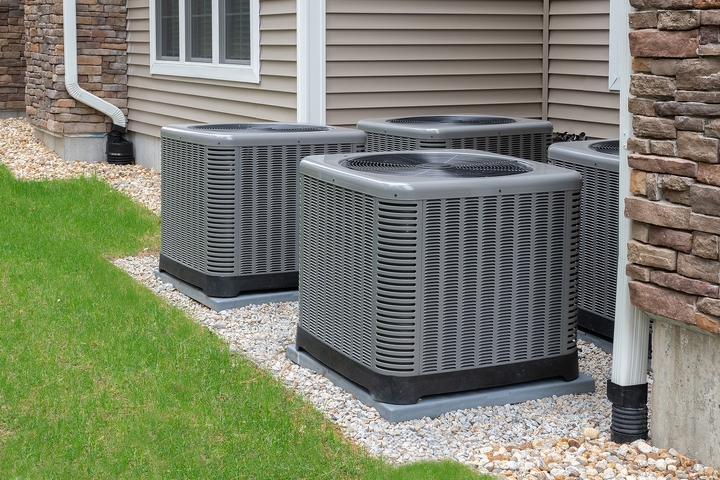
This magnetic-based heat pump is not used to heat buildings. Rather, it is used to heat the environment. The pumps use strong magnetism to warm metals such as gadolinium or iron up to 10 degrees Fahrenheit.
When the metal is placed in an environment minus the field, it disperses the excess heat into the environment. Gas state heat pumps are not common because they are inefficient compared to the gas and liquid alternatives.
Heat pumps are energy-efficient alternatives to air conditioners and furnaces. Using electricity, they transfer heat from cold to warm spaces, making warm places warmer and cold places cooler.
During the cold season when most homes require heating, heat pumps circulate heat into the house from the outdoors. In the hot season, this process is reversed; heat is circulated from your house to the outdoors.

